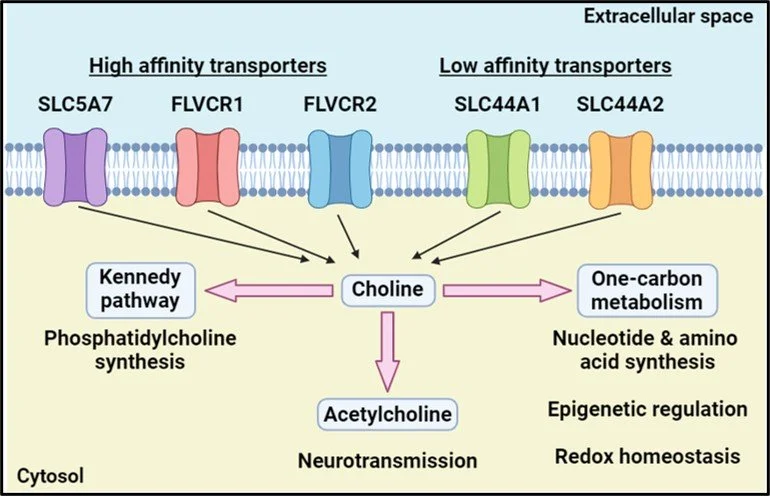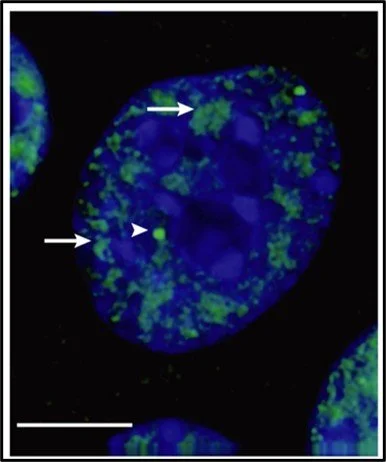Neurology for a Genome Age
Brain disorders like cerebral palsy, autism, epilepsy, multiple sclerosis and neurodegenerative disorders impact millions worldwide and are a major cause of death and disability.
We now realize that many if not most brain disorder are the product of thousands of rare disorders, and their secrets lie within our genes. As a pediatric neurologist and physician-scientist, I work to uncover the molecular basis of these intractable disease with the ultimate goal of personalized medicine and therapies.
Projects
Explore
The Cultural Center
Interior restoration of a beloved space for artistic expression.
Greenspacing
An observation deck created from recycled materials to honor the outlands.
The Float House
Seamlessly buoyant to inspire wonder and safeguard our ecosystem.
Clients
2024
Client A
Client B
Client C
Client D
Client E
2023
Client F
Client G
Client H
Client I
Client J
2022
Client K
Client L
Client M
Client N
Client O
Let’s collaborate!
Rare disease research takes a village and is only possible through the generous financial support of federal and state governments, private and public foundations, and people like you. If you are interested in collaborating or supporting the research, please reach out using the form below.
Daniel Calame, MD, PhD is a physician-scientist, board-certified pediatric neurologist, and neurogenetics specialist at Baylor College of Medicine.
His research is focused on the genetics and molecular mechanisms of cerebral palsy, hereditary spastic paraplegia, and neurodevelopmental disorders like autism and epilepsy. He also has a longstanding interest in neuroinflammatory disorders.
He has deep expertise in human genetics and laboratory genomics. He routinely applies cutting-edge genomic technologies and analytical approaches to end the diagnostic odyssey for undiagnosed patients as a part of the GREGoR Consortium (GREGoR Consortium | GREGoR Consortium). He sees patients and enrolls them in the GREGoR research study in his neurogenetics clinic at Texas Children’s Hospital.
Daniel is also part of multiple clinical research networks including the Spastic Paraplegia Centers of Excellence Research Network (SP-CERN) and Global Leukodystrophy Initiative Clinical Trials Network (GLIA-CTN).
He has published over 100 papers in top journals including Nature, Brain, Annals of Neurology, and American Journal of Human Genetics with more than 1500 citations to date.
Outside of work, Daniel enjoys gardening, traveling, and spending time with his family and two dogs, Moro and Mei Mei.











